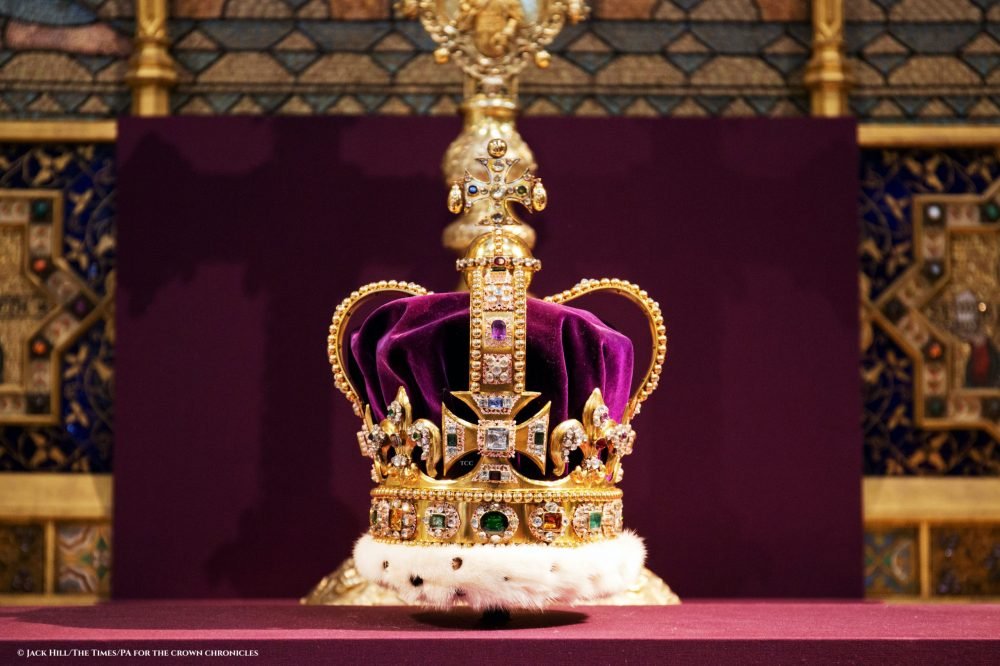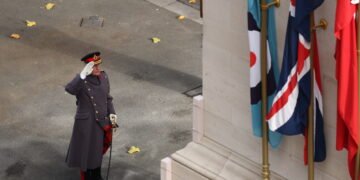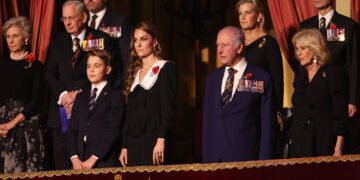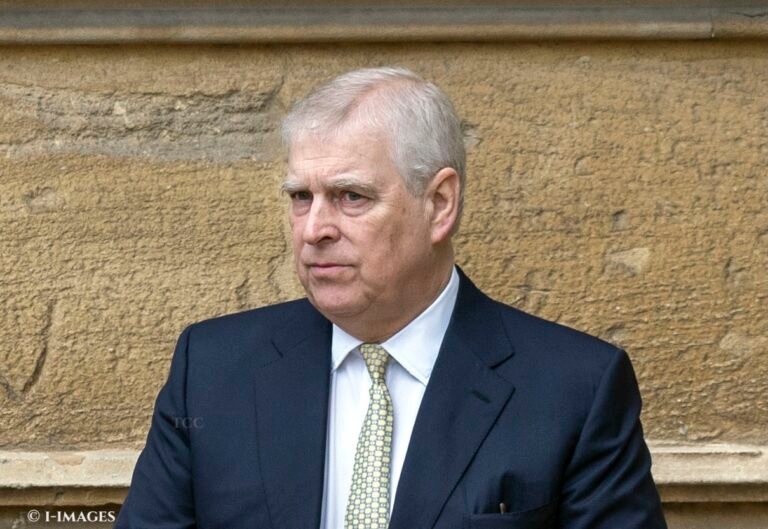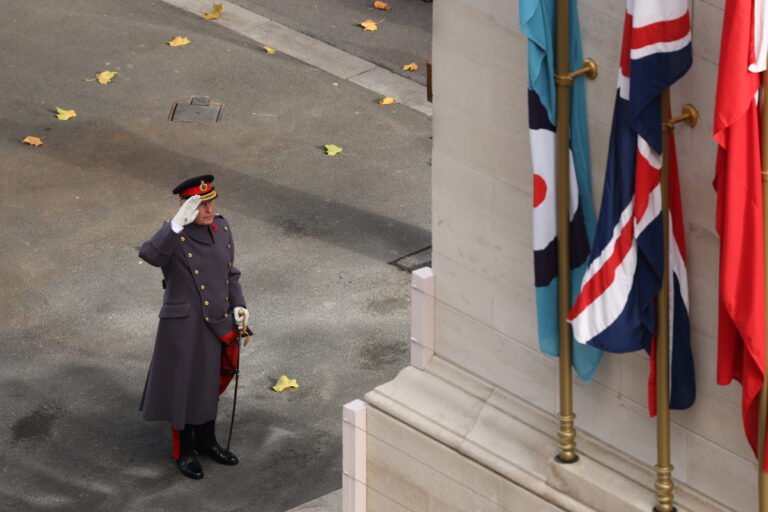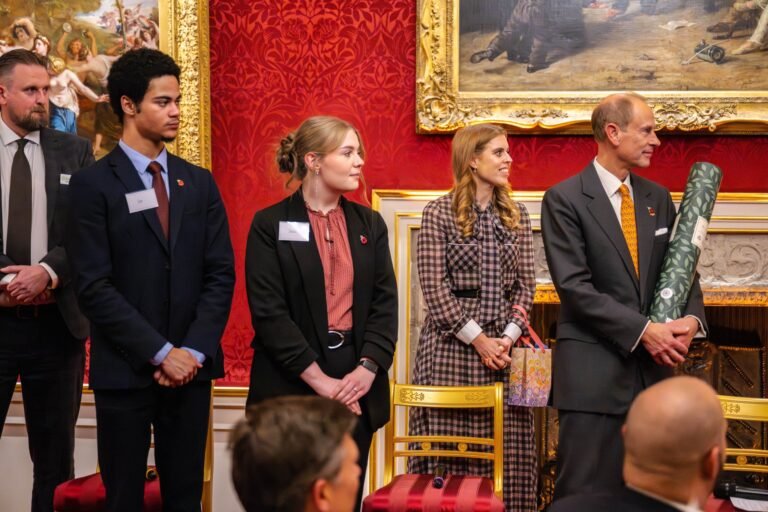St Edward’s Crown is arguably the most important piece in the Crown Jewels: it is the one a Monarch is crowned with during the coronation ceremony.
It was made for Charles II in 1661, to replace the medieval crown which had been melted down in 1649 by the Parliamentarians. The order of 9 August said the Crown Jewels should be ‘totallie Broken and defaced’ in a symbolic act of the abolition of the Monarchy, which began with Charles I’s execution in January.
The original St Edward’s Crown was thought to date back to the eleventh-century royal saint, Edward the Confessor – the last Anglo-Saxon king of England, who was eventually succeeded by William the Conqueror.

The crown was an important part of Charles’ Restoration and the symbolic return of royal power: the Crown Jewels symbolise the passing of authority from one monarch to another during the coronation ceremony. They are, in fact, the only crown jewels still in use in European coronations.
You are more familiar with the crown than you might think: it is stylised version of St Edward’s crown that is seen in royal coats of arms and badges, as symbol of royal authority.
|
|
|
|---|
Appearance:
Robert Vyner, the royal goldsmith, was tasked with the making a new version of St Edward’s Crown in 1661, with Charles II personally directing discussions about the regalia’s design. Vyner was, however, only a goldsmith in name and functioned as more of a banker, so the true creator of the crown has been lost to history…
The goldsmith followed some of the original design features, like four crosses-pattée, four fleurs-de-lis to form the base of the crown, and two intersecting arches.

However, the original was not so jewel-laden, and the idea to recreate a more modest, medieval-style crown was rejected by the Restored King: Charles II wanted a ‘full-blooded medieval coronation’ to bring back the monarchy in style, and the crown was the all-important centrepiece.
St Edward’s Crown is made of solid gold, set with over 400 stones; the velvet cap is trimmed with an ermine band.
A cross pattee, set with diamonds , sits atop a monde (sphere) at the intersection of the arches. Two gold beads hang from this cross, with another on top which were – until 1911 – pearls. The crosses and fleurs de lis sit on a thick gold bejewelled band with large gold beading at its border, while a rich purple velvet cap, trimmed with ermine, finishes the crown off.

Interestingly, the stones used in the crown were only hired for coronations, until 1911. When Charles II returned to England, the cost of buying previous gems had been too high to justify, and so Vyner rented them to the King for £500, and then took them back after the event. This selection included rubies, amethysts, sapphires, garnet, topazes and tourmalines, which were attached from the inside of the frame with gold collars.
Most of the stones are surrounded by white and red enamel patterns, in the form of acanthus leaves, which also handily hide the gold collars. These are hugely important examples of Restoration enamelling.

It is clear how much value Charles II placed on this new regalia, and the symbolism with which it was imbued: the recreation of 11 principle pieces of regalia, including St Edward’s Crown and the famous orb and sceptre, has been estimated to have cost Charles II £13,000 – as much as three fully-equipped warships! This equates to roughly £1.3 million today.
The overall cost of the 1661 coronation and of the associated festivities would have been about £38,000 [1], which equates to just under £4 million today. Charles II wanted a ‘full-blooded medieval coronation’ to bring back the monarchy in style, and St Edward’s crown played a big part in drawing on his ancient royal heritage to remind the people of his divine right to rule.
In recent years, however, the Crown Jewels have been estimated at a value of £3-5 billion pounds.
The Holmes theory of St Edward’s Crown:
In the 1950s, a historian argued that this wasn’t a creation of the 1660s, and was in fact a remodelled version of the earlier St Edward’s Crown! Martin Holmes claimed that the old St Edward’s Crown melted down in 1649, but that the gold was kept and used in the crown at Oliver Cromwell’s funeral (yes, really!) in 1658.
Holmes was a leading authority on the crown, and the assistant keeper at the London Museum. He believed that, while St Edward’s Crown had been dismantled, much of the gold had been retained.
Historian Andrew Barcaly explains the argument: “The only known breakdown of the costs of the individual pieces [of the Crown Jewels], which comes from a memorandum written in 1685, includes payments for only some of the gold [to make the new crown]. To Holmes, this was evidence that the rest of the gold had already existed.” [2]
Holmes noted the similarity in weight between the old crown (79oz) and new one (82oz), and further speculated ‘that the gold had in the meantime been used for the crown which had been displayed with Oliver Cromwell’s funeral effigy in 1658’, saying there was ‘a strong possibility that the gold is the same throughout’. [3]
The idea was supported by Keeper of the Jewel House, Major-General H. D. W. Sitwell, and the pair published The English Regalia in 1972, supporting this theory.
The Tower of London guidebook of the late 1980’s mentioned this theory, telling readers that Vyner’s account books show that he must have used one of the medieval crowns, while a 2003 book to mark the 50th anniversary of the coronation from the Royal Collection also suggested that St Edward’s crown could have used the original gold.
However, it is more likely the Cromwell’s funeral crown, much like James I’s, was made of cheap metal and fake gems.
Use of St Edward’s Crown:
There were slight alterations for the next coronation: a new monde was created for James II, and William III had the base changed from a circle to an oval – possibly for comfort?
The crown was not worn after 1689 in the coronation ceremony; instead, it was carried, and Monarchs were crowned with the Imperial State Crown, which was periodically remodelled for different head sizes, and after wear and tear – and for fashion changes of course.
The crown has been worn by only six Monarchs at their coronations: Charles II, James II, William III, George V, George VI and Elizabeth II (whose coronation was the first to be televised, with an estimated 27 million Britons watching from their homes).
It was George V who brought St Edward’s Crown back into use, and bought the stones for the piece outright; they have remained in the crown ever since.

Edward VII had intended to wear the crown, but a recent operation meant he chose the lighter Imperial State Crown and Queen Victoria forewent the inclusion of St Edward’s entirely, having a new Imperial State Crown created for her delicate frame. She choose to wear George IV’s diadem to enter and leave Westminster Abbey instead.
Did you know? The original St Edward’s Crown was unusually used at Anne Boleyn’s coronation in 1533
For the 1911 coronation ceremony, the crown’s overall weight was reduced from 2.6 kg to (a still-colossal) 2.23kg (4.91lb) and is an imposing 30.2cm tall (1ft). The Queen is known to have practised wearing such weight on her head with a bag of flour in the run up to wearing her crowns.
Too precious for ‘everyday’ wear
The original St Edward’s Crown was always kept at Westminster Abbey after coronations, because of its association with Edward the Confessor (who was buried in the Norman church), which made it a sacred relic.
Following Charles II’s 1661 formal investiture as King, this tradition was continued, which also showed the need for a second ‘state’ crown for use at other occasions. Vyner was again commissioned, although this incarnation has needed replacement over the centuries: the Imperial State Crown. St Edward’s Crown has survived largely in tact, thanks to its lack of use.
It is easy to distinguish St Edward’s Crown from the its partner, the Imperial State Crown – the former is yellow gold, and the latter appears white gold, thanks to its heavy diamond embellishment.
Embed from Getty ImagesEmbed from Getty Images
The Queen has seen St Edward’s crown fewer than a handful of times over the course of her reign. After her coronation in 1953, it was next in 1994, when she opened the Jewel House at the Tower of London, that she saw it next (behind glass), and once more at a service to mark the 60th anniversary of the Coronation in 2013.
In 2018, The Queen was reunited with St Edward’s Crown, for a documentary to mark 65 years since her coronation. She said the crown ‘weighs a tonne’, and that ‘it’s very solid’, prodding the four-hundred year old diadem. Elizabeth II also noted it was difficult to tell the front from the back.
“I don’t suppose Ma’am, you’ve seen it much?” host Alastair Stewart asked.
The response? “No, I haven’t… thank goodness!” she said with a giggle.
St Edward’s crown can be visited in the Jewel House at the Tower of London. Get tickets here.
References and Sources
- 1, 2, 3 – Andrew Barclay (2008), The 1661 St Edward’s Crown — Refurbished, Recycled or Replaced?, The Court Historian, 13:2, 149-170
- Anna Keay (2012), The Crown Jewels, Royal Collection Trust/Thames and Hudson
- The National Archives’ Currency Converter

